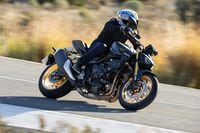Besides the totally redesigned ZX-10R and the kickass little Z125 Pro, Kawasaki hasn't released many motorcycles in recent years. That's going to change for 2017, as evidenced by this lengthy list of new or updated models from Team Green. From a much lighter Ninja 650 to an angular and angry looking Z650, to a lighter and more powerful replacement for the Z800 and an electronically enabled Ninja 1000, Kawasaki's looks to be on the gas. Which bikes are coming to the US and how much will they cost? Unfortunately we don't have those answer just yet.
Ninja 1000
Across the Atlantic, the Ninja 1000 has always been sold under the Z1000SX name, so even though this bike has only been shown in Europe so far as the Z1000SX, it's likely to be next year's Ninja 1000.
What’s changed? There’s a wider fairing and reshaped, taller screen to improve wind protection, and LED headlights that Kawasaki says are 1.4 times brighter than the previous halogen units. The stuff underneath matters more, though. There’s now a six-axis IMU that ties in with the traction control and ABS, giving wheelie control and rear-lift mitigation. The technology also allows the ABS to modulate front and rear brake pressure to help keep the bike on-line during mid-corner braking. It’s basically top-level electronics applied to a mid-range machine.
Technically, there’s still the same 1,043cc inline four with 140 claimed horsepower and the chassis is unaltered other than a revised rear-shock linkage. Weight, at a claimed 518 pounds, is 9 more than the 2016 model, but the IMU alone will likely be worth it.
Ninja 650
While most news about 2017 bikes has revolved around more and more complex electronic gadgetry, Kawasaki has gone back to basics with its refreshed Ninja 650. There's no multi-mode traction control to be found here, and with only 68 hp to play with it's not really vital, but there is a brand new frame that Kawasaki says saves 42 pounds, bringing the curb weight down to 423 pounds. That's still 20 pounds up on Yamaha's FZ-07, but pretty light for the category.
The Ninja 650 has a new trellis of thin steel tubes instead of the thick dual tubes of the previous model, and houses the familiar parallel-twin engine that’s been around since the model’s birth. For 2017 it has lost 3 hp but gained 6.8 percent better fuel economy thanks to a focus on emissions.
Other updates include all-new styling that’s much sharper than before, lower bars, and redesigned instruments including a shift light and a tach needle that glows red as you reach peak revs. Expect ABS to be standard, because it will become a legal requirement in 2017 for Euro models.
ZX-10RR
Basically, this is the bike that Kawasaki's World Superbike race tuners have asked for in order to continue the firm's dominance in the series. It's unlikely that you'll see one in the wild, but if you do, you'll be able to identify it via the the 'RR' logos and the single-seat tail unit. The RR also has forged Marchesini wheels, plus a reworked engine, and a bi-directional quickshifter to allow clutchless changes up and down through the gearbox.
Z650
Mechanically identical to the Ninja 650, the Z650 has Z1000-inspired naked styling and thanks to the lack of bodywork it's lighter still at just 412 pounds for the ABS-equipped version, or 408 without anti-lock—at the moment it's not clear which markets will get the non-ABS version, though. While the ER-6n hasn't been sold in America since 2010, the Z650 is likely to be offered Stateside.
Z900
New for 2017, the Z900 is more than a bored-out Z800. In fact, the engine is derived from the Z1000's 1,043cc four, sleeved down to 948cc and making a claimed 123 hp—12 hp more than the old Z800, and just 17 hp fewer than the Z1000. Unlike the Z1000, the engine is mounted in a steel-trellis frame that shares the same lightweight philosophy with the 2017 Ninja 650 and Z650, taking inspiration from the chassis of the H2. It cuts the bike's curb weight to a claimed 464 pounds, 23 less than the Z1000 and a massive 45 pounds less than the chunky Z800.










/cloudfront-us-east-1.images.arcpublishing.com/octane/JLEBA42BD7BCTD2QNQOZEE57AY.jpg)
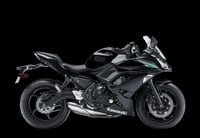
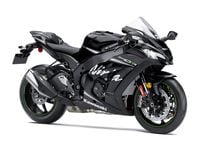

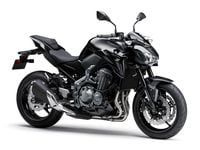
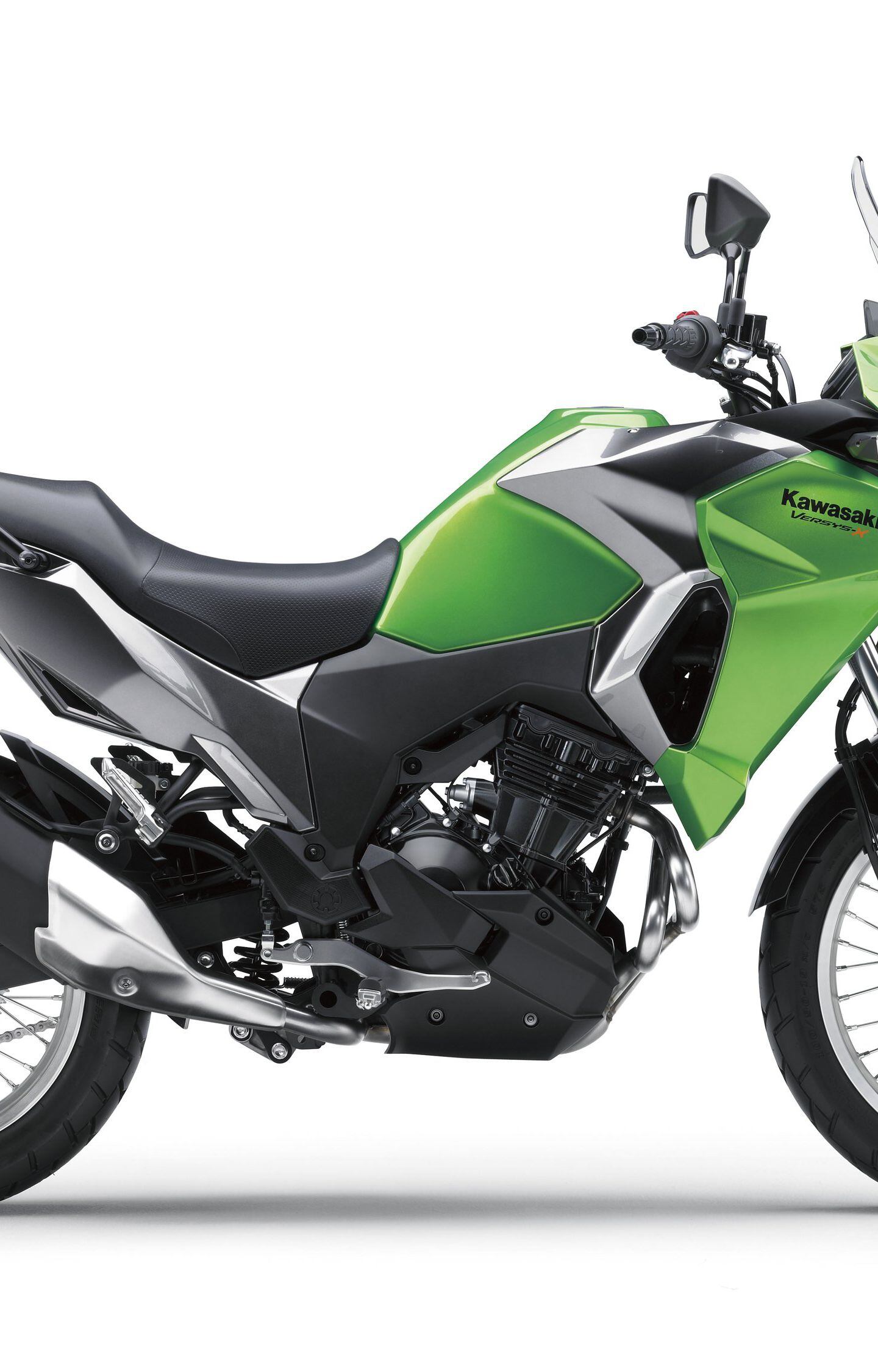
/cloudfront-us-east-1.images.arcpublishing.com/octane/OKWOJWAKP5EP3OACCRRWPCIX2Q.jpg)
/cloudfront-us-east-1.images.arcpublishing.com/octane/2WF3SCE3NFBQXLDNJM7KMXA45E.jpg)
/cloudfront-us-east-1.images.arcpublishing.com/octane/G4MG6OUCJNBSHIS2MVVOTPX65E.jpg)
/cloudfront-us-east-1.images.arcpublishing.com/octane/IIGGWFOTOJGB7DB6DGBXCCMTDY.jpg)
/cloudfront-us-east-1.images.arcpublishing.com/octane/QSTCM6AVEZA5JJBUXNIQ3DSOF4.jpg)
/cloudfront-us-east-1.images.arcpublishing.com/octane/U4I7G625B5DMLF2DVIJDFZVV6M.jpg)
/cloudfront-us-east-1.images.arcpublishing.com/octane/B6XD6LS6IVCQPIU6HXDJSM3FHY.jpg)
/cloudfront-us-east-1.images.arcpublishing.com/octane/ICL63FEDDRDTTMINYICCEYGMDA.jpg)
/cloudfront-us-east-1.images.arcpublishing.com/octane/FCGZHQXRBZFLBAPC5SDIQLVF4I.jpg)
/cloudfront-us-east-1.images.arcpublishing.com/octane/WNOB6LDOIFFHJKPSVIWDYUGOPM.jpg)

/cloudfront-us-east-1.images.arcpublishing.com/octane/X33NU3E525ECRHXLNUJN2FTRKI.jpg)
/cloudfront-us-east-1.images.arcpublishing.com/octane/6KKT5NNL2JAVBOXMZYS5ZO76YA.jpg)
/cloudfront-us-east-1.images.arcpublishing.com/octane/J5RKG5O455GMPGQRF2OG6LRT7A.jpg)
/cloudfront-us-east-1.images.arcpublishing.com/octane/GX2CIZKQVRH2TATDM26KFG2DAE.jpg)
/cloudfront-us-east-1.images.arcpublishing.com/octane/ZWIDYSAKQZHD5BHREMQILXJCGM.jpg)
/cloudfront-us-east-1.images.arcpublishing.com/octane/CYUHJZCTSJCH3MRAQEIKXK7SCQ.jpg)
/cloudfront-us-east-1.images.arcpublishing.com/octane/LKOFINY56FCXJCANJ5M7ZDQUBY.jpg)
/cloudfront-us-east-1.images.arcpublishing.com/octane/4NBPDACMWJH63JQYJVK3QRBDZI.jpg)
/cloudfront-us-east-1.images.arcpublishing.com/octane/KKHQHRR3FJGX7H2IPU6RALMWG4.jpg)

/cloudfront-us-east-1.images.arcpublishing.com/octane/5IOFS5JAE5FOXMNA23ZRAVVYUU.jpg)
/cloudfront-us-east-1.images.arcpublishing.com/octane/CGXQ3O2VVJF7PGTYR3QICTLDLM.jpg)
